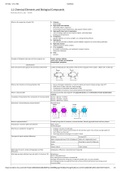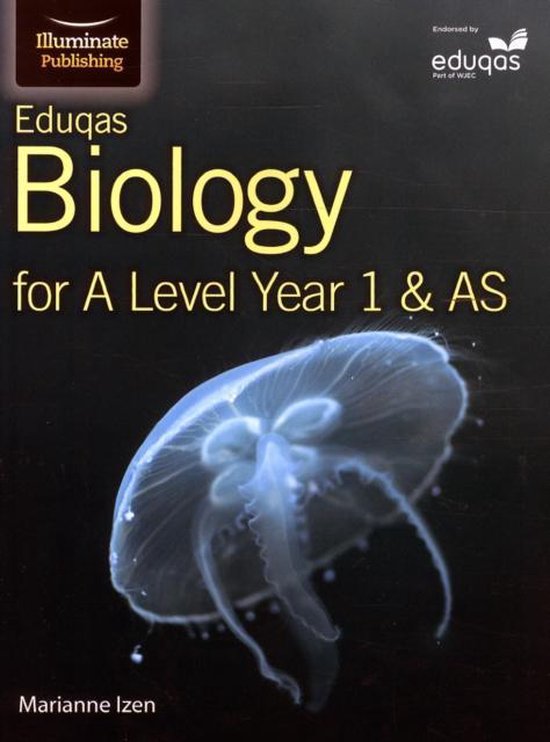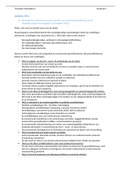5/10/22, 12:12 AM OneNote
1.1 Chemical Elements and Biological Compounds
Wednesday, March 31, 2021 6:00 AM
What are the properties of water? (8) 1. Cohesion
(draw water)
2. High specific heat capacity
(thermally stable in organism)
(no fluctuate of water temperature, keep aquatic habitats stable )
3. High specific laten heat of vaporisation
(a lot of energy require to turn liquid to vapour, cool body down)
(seating and transpiration)
4. Transparent
(Aquatic habitats can receive sunlight, can undergo photosynthesis)
5. High density
(Ice will float and water at bottom, aquatic habitats/ organism can survive during cold days)
6. High water tension
(Support insects on water surface)
7. It's a metabolite
(is needed in metabolism, e.g. hydrolysis), transport medium
Dilute toxic substance
8. Polar
(solvent)
Examples of biological molecules and their inorganic ions Protein: nitrates, sulphate
nucleic acid: nitrogen and phosphate
Phospholipids: phosphate
Carbohydrates
How many isomers does glucose has and how to determine? 2, alpha and beta glucose, the position of OH and H are opposite in first carbon. ( Beta's OH is at the top)
What are the functions of monosaccharides? (4) 1. Source of energy in respiration, C-H and C-C bonds are break to release energy, make ATP
2. Build blocks of large molecules, alpha, glycogen
3. Constituents of nucleotides, deoxyribose in DNA
4. Intermediates of reactions, triose, photosynthesis and respiration
What is a disaccharide? two monosaccharides bond together with glycosidic bond and the elimination of water (condensation
reaction)
3 examples of disaccharide from component of monosaccharide Glucose + glucose = maltose
Glucose + fructose = sucrose
Glucose + galactose = lactose
What bond is formed between polysaccharides? Glycosidic bond
What are polysaccharides? Formed by long chain of monomers, monosaccharides, linked by glycosidic bond and form polymer
How glucose is stored in plants and animals? Plants: starch
Animal: glycogen
Why they are suitable for storage? (4) 1. Compact, can store in small area
2. Insoluble, won't increase concentration of cell and draw water in by osmosis causing turgid cell
3. Can't diffuse out from cell
4. Store large amount of energy in C-H and C-C bond
Two types of starch and their differences Amylose Amylopectin
Alpha 1,4 glycosidic bond C1 & C4 (adjacent) Alpha 1,4-1,6 glycosidic bond
Coiled Branched on every 24-30 glucose
Helix
Slower release Faster release
Which type of starch is similar with glycogen and their Amylopectin, difference is branched more frequently.
differences
Which glucose does cellulose have and what's its structure? (5) Beta glucose
Beta 1,4 Glycosidic bond
Every other glucose molecule is inverted 180
Hydrogen bond between OH groups of adjacent parallel chain, structural stability
Each hydrogen bonds are weak but there are so many of them and become very strong overall
Form microfibril
https://onedrive.live.com/redir?resid=20863540AADEA80E%2128559&page=Edit&wd=target%28core.one%7Cdfa0038f-d294-4453-9e57-fbde7e… 1/3






